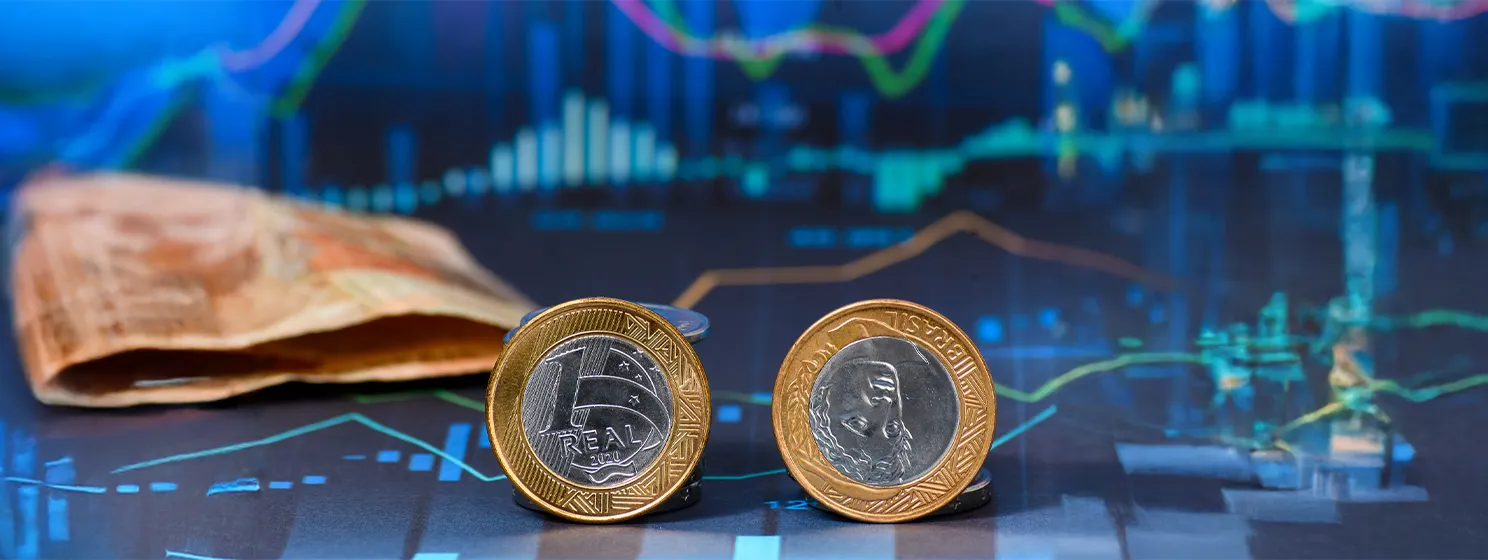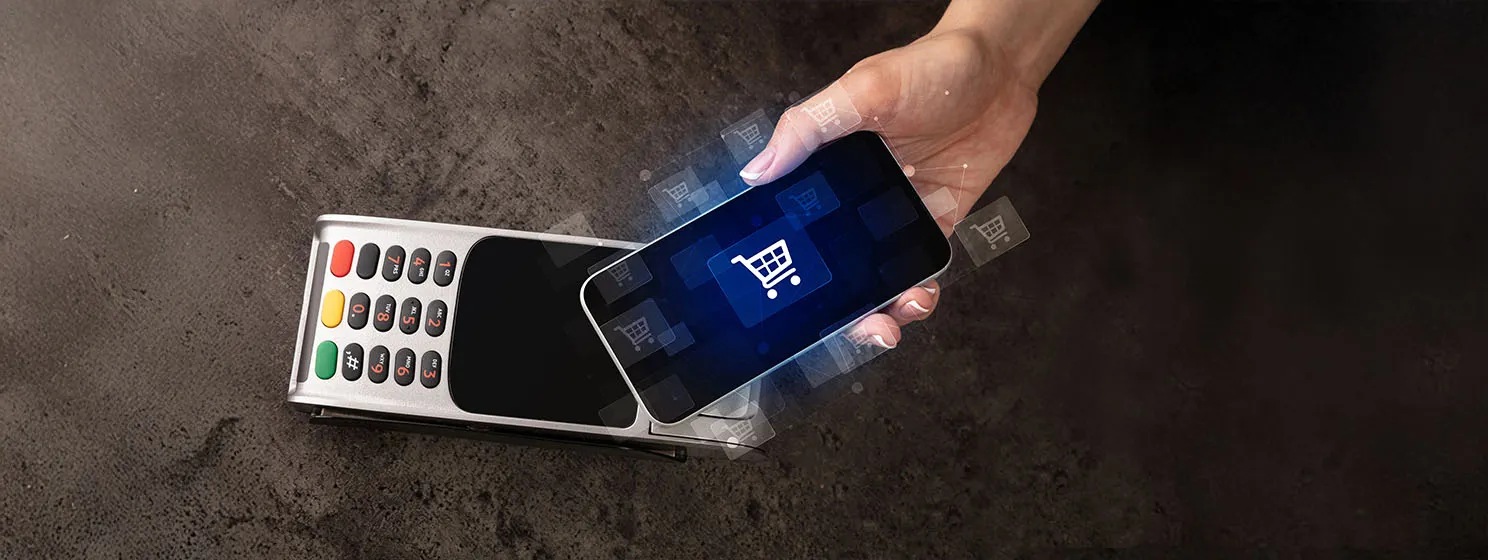|
Getting your Trinity Audio player ready...
|
Digital asset payments for imports in Brazil hit a new record in the first nine months of the year, surpassing last year’s total, data from Banco Central do Brasil (BCB) shows.
In September, Brazilians paid $1.429 billion in digital assets for imports, a 40% leap from the $1.032 billion in payments in a similar period last year, the BCB report on payment trends published this week reveals.
This brings the net digital asset import payments for the first nine months of 2024 to $13.797 billion, a 60.7% increase from a similar period the previous year and surpassing last year’s total of $11.7 billion.
Despite the year-on-year surge, digital asset imports dipped slightly in September from the $1.5 billion recorded in August. Commenting on it, Fernando Rocha, who heads the central bank’s statistics department, stated that this doesn’t reflect a permanent shift and that the bank expects them to bounce back.
“This does not necessarily indicate that they have reached a ceiling, but it helps to look at the dynamics of crypto assets,” he said.
While the net imports have been setting new records, net exports have remained peculiarly low. In September, they improved slightly to hit $45 million.
The data reflected payments made for goods and services imported into Brazil, not capital inflows, which capture all the value entering the country from a diverse range of sources, including remittances.
Stablecoins have dominated the digital asset payments for the Latin American nation, accounting for 70% of the payments. This asset class provides the benefits of digital assets without the associated volatility, making it ideal for payments. Stablecoins have proved so effective that even some of the world’s largest banks have sought to launch their own, such as Société Générale’s (NASDAQ: SCGLY) EUR CoinVertible (EURCV) stablecoin, which launched last December.
The BCB report cements Brazil’s position as one of the world’s biggest digital asset markets. This year’s Chainalysis adoption report ranked it first in Latin America, ahead of Venezuela, Mexico and Argentina, and tenth globally for adoption.
The report also testifies to the rising significance of digital assets in cross-border payments. Untouched by innovations in financial technology, the sector remains expensive, slow and inefficient. SWIFT still enjoys a monopoly in financial messaging, and while it has touted DLT as the future of global payments, it retains its outdated systems.
Digital assets offer the best opportunity to reform the global banking system, which has successfully fended off any threats from waves of financial technologies, such as PayPal (NASDAQ: PYPL) in the ’90s and the neobanks of the 2010s like Revolut.
Regulators remain one of the most significant hurdles in the adoption of digital assets for international payments. In Brazil, the central bank has repeatedly warned the citizens against digital assets despite the skyrocketing adoption. BCB Governor Roberto Campos Neto claimed last year that “a lot [of the digital asset activity] is connected to tax evasion or linked to illicit activities.”
Dutch authorities shut down RedLine and META ‘crypto-stealing’ malware
In Europe, a global operation uniting dozens of agencies in the European Union and the United States has shut down two infostealer malware that have targeted millions of victims.
Dubbed ‘Operation Magnus,’ it was led by Dutch authorities and involved agencies from the United Kingdom, the U.S., Portugal, Australia and Belgium. It was supported by Europol and Eurojust; the latter coordinates cooperation in criminal matters among EU states.
The Dutch police revealed that they had dismantled RedLine and META, two notorious malware strains that steal sensitive data from victims, including digital asset passwords and seed phrases. The operators then sell this information on dark web markets to criminals, who then use it to commit other crimes, including digital asset hacks.
In the U.S., the Department of Justice (DOJ) led a group of agencies, including the Federal Bureau of Investigation (FBI) and the Internal Revenue Service (IRS), in cracking down on the RedLine operators. In its press release, the DOJ revealed that the operation has yet to conclude the exact number of stolen credentials, but it has identified millions of digital asset addresses, bank accounts, email addresses and credit card information.
The Belgian police arrested two people alleged to have led the malware operations. The joint team also took down servers, seized domains and took control of Telegram groups used by the RedLine administrator. The U.S. DOJ has since charged this administrator— Maxim Rudometov—with access device fraud and money laundering. He faces a maximum penalty of ten years behind bars for access device fraud, five years for conspiracy to commit computer intrusion and twenty years for money laundering.
Watch: Blockchain is much more than digital assets

 08-09-2025
08-09-2025 





